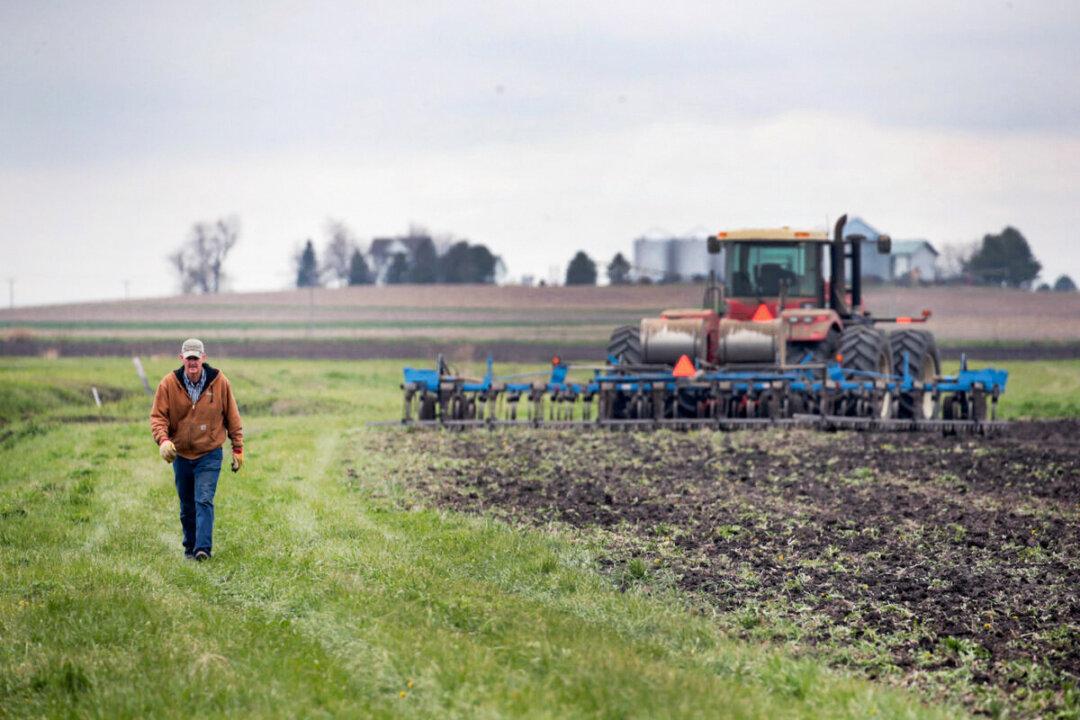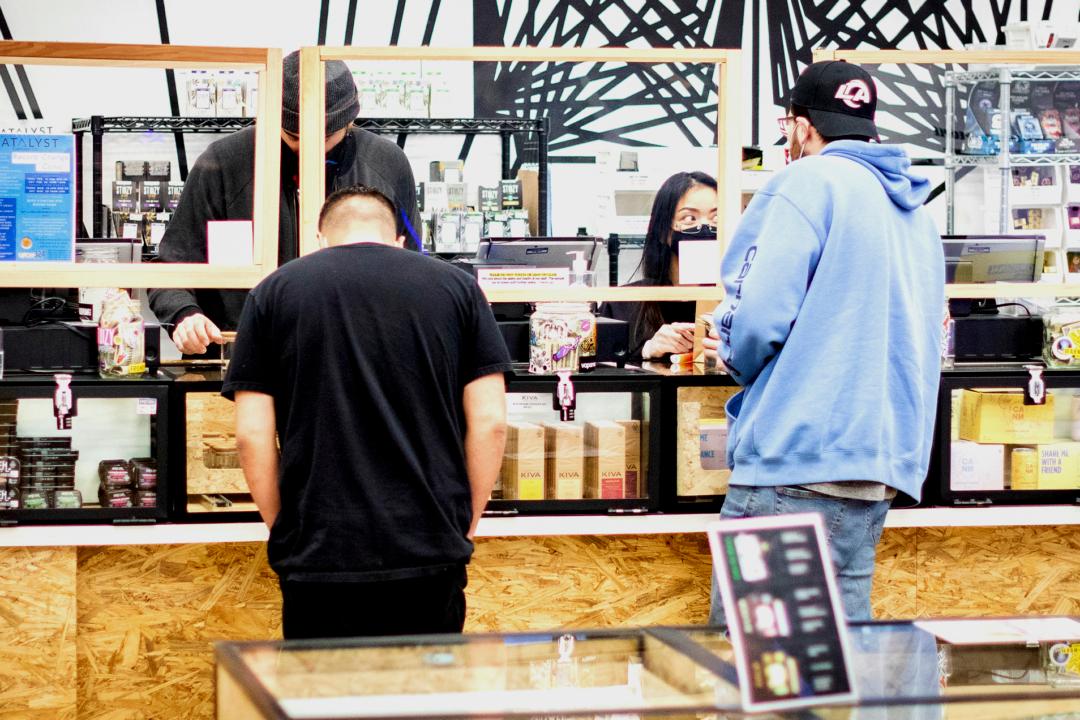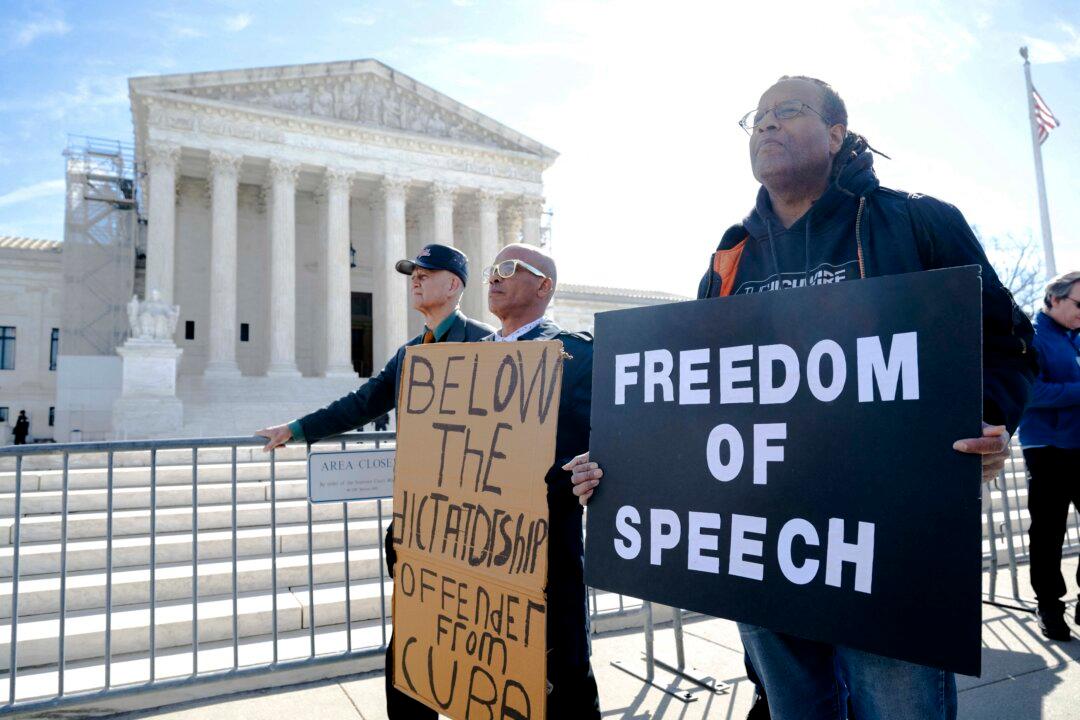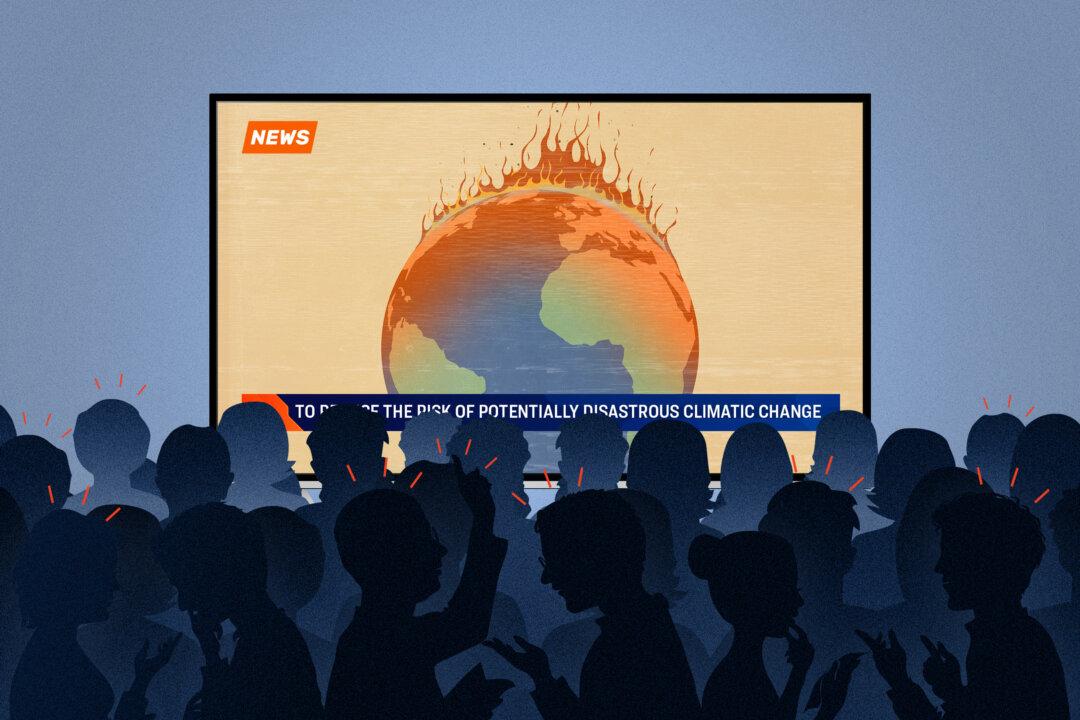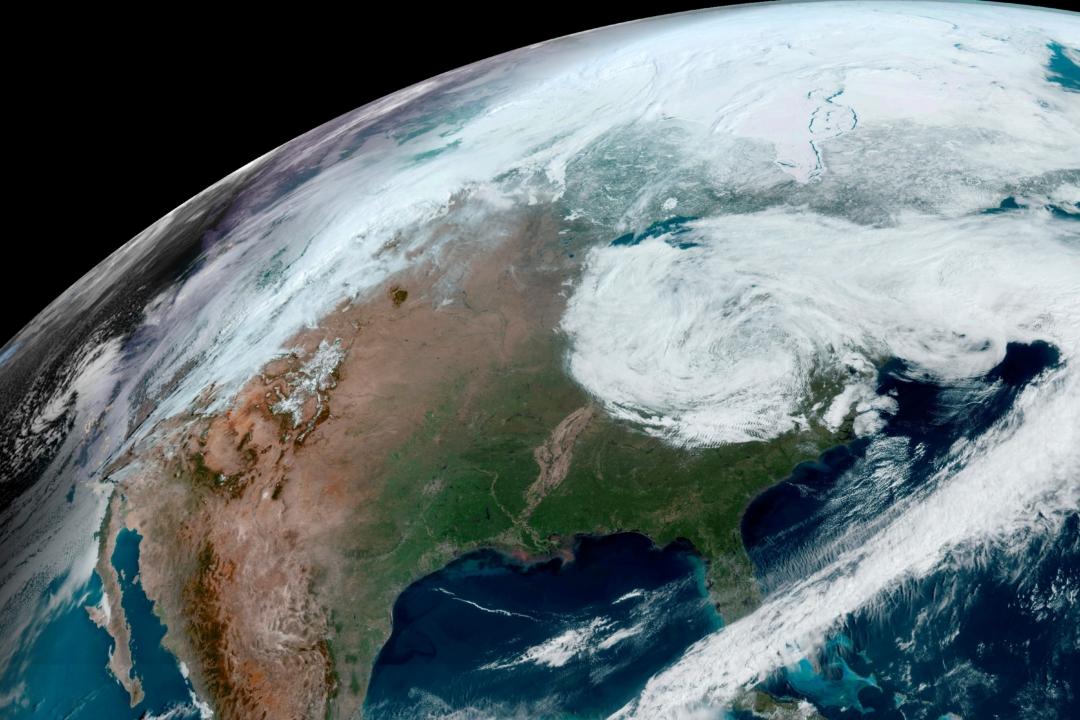The Russian war in Ukraine is taking place solely in Ukraine, but the effects of the conflict are global. Sanctions and counter-sanctions have increased energy prices, and fears of a food shortage have amplified as Ukraine and Russia are major grain exporters.
Still, it’s not just a reduction in grain exports that have food scarcity concerns soaring. Developed countries across the globe have committed themselves to a net-zero future (pdf) in which they shun fossil fuels like natural gas and embrace wind and solar power, instead.
